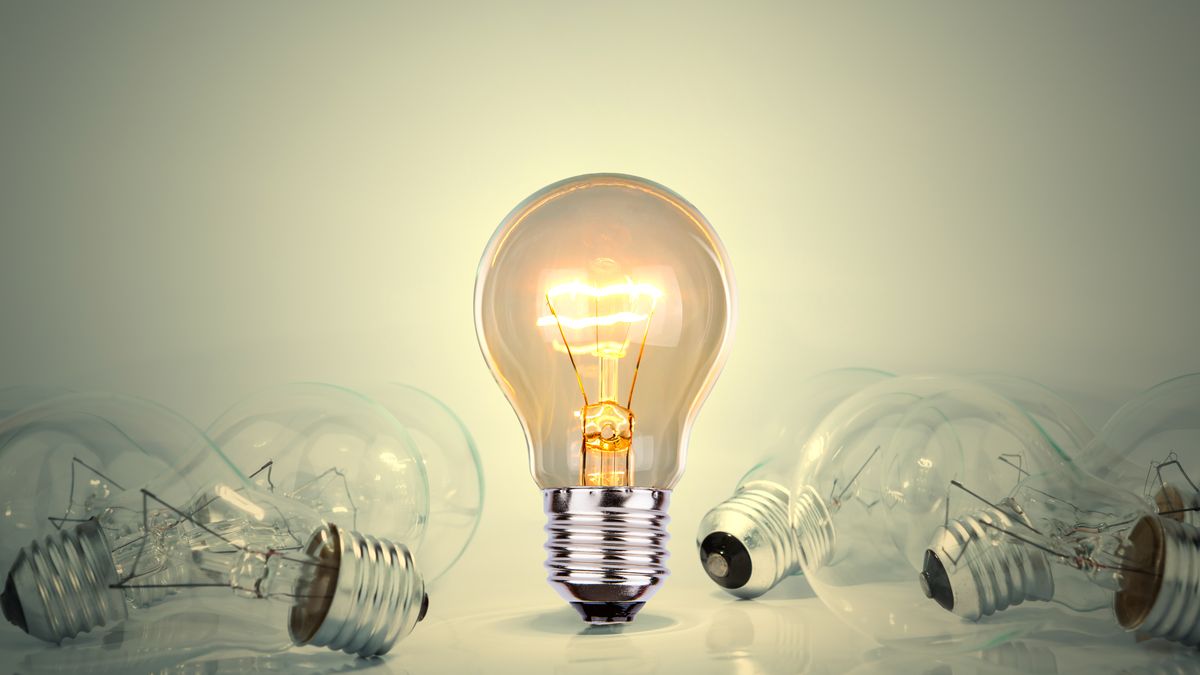The Government formalized the new rate charts for AMBA electricity users that correspond to the companies Edenor and Edesur. Due to the removal of subsidies, the increases will be up to 93% with respect to the previous average rate for higher-income households or those that did not request to maintain the subsidy.
According to the resolutions of the National Electricity Regulatory Entity (Enre) published this Monday in the Official Gazette, the new rate tables will be in force retroactively, as of May 1. It is also established that lower income residential users (Level 2) there will be no increases and prices will remain valid.
For his part, middle-income residential users (Tier 3) will not experience increases up to category R3 (customers are divided into categories according to their average level of monthly electricity consumption). However, starting from the R4 category, the official average increases range from 5% to 70%.
“Level 3 users would pay an average of 67% less than Level 1 users, this percentage decreasing as consumption increases until it reaches an average of 10%,” ENRE detailed in the published Resolution. The distribution companies must highlight in the invoices that the users receive what is the amount of the total that corresponds to “National State Subsidy”.
What will happen to non-residential users?
The ENRE also detailed the increases that non-residential users will have, such as businesses and industries.
- General Users G1 will not have variations
- General Users G2 will increase 8% average
- General Users G3 will increase an average 17%.
Meanwhile, the bills of T2 users increase an average of 22%; T3 Low and Medium Voltage increase on average between 23% and 28%; and the GUDIS (demands greater than 300 kW) increase in Low Voltage by 42% and in Medium Voltage by 49%.
These increases correspond to energy price, one of the components of the final invoice price along with transportation and distribution services and taxes. And they are due to the decision that higher-income users pay the full rate, without subsidies as of this month. One of the points that was part of the review of the agreement with the International Monetary Fund (IMF).
The rest of the users, divided into medium income levels (Level 3) and low income (Level 2) will continue to have a part of their subsidized rate.. In addition, medium-income users who exceed the consumption cap of 400 kWh per month will also start paying the full rate, without subsidies.
How to sign up for RASE so you don’t run out of subsidy
To access the benefit, the application form will be enabled. Registry of Access to Energy Subsidies (RASE), that allows to maintain the subsidies to a group of users, according to the regulations published in the Official Gazette.
Who should not enroll in RASE
- If you are electrically dependent, you do not have to complete the process to apply for the electricity subsidy, but you do have to do so to apply for the gas subsidy.
- If a public welfare entity works at your home, it is not up to you to carry out the process. In this case, the differential rate for entities can be requested.
RASE form for electricity and gas subsidy: how to register
The RASE form website for electricity and gas subsidies is: https://www.argentina.gob.ar/subsidios.
To register there will be three ways or channels to enter the registration:
- In the RASE form
- At the ANSES offices
- At the offices of service providers
Source: Ambito




